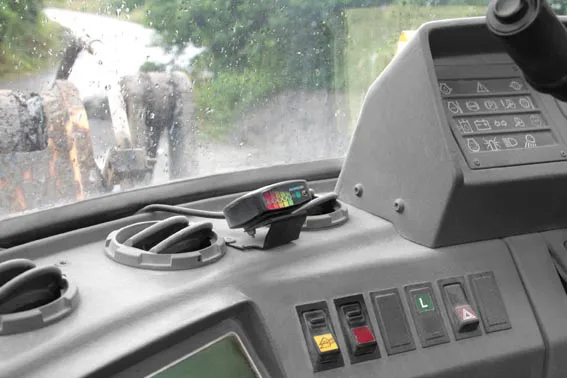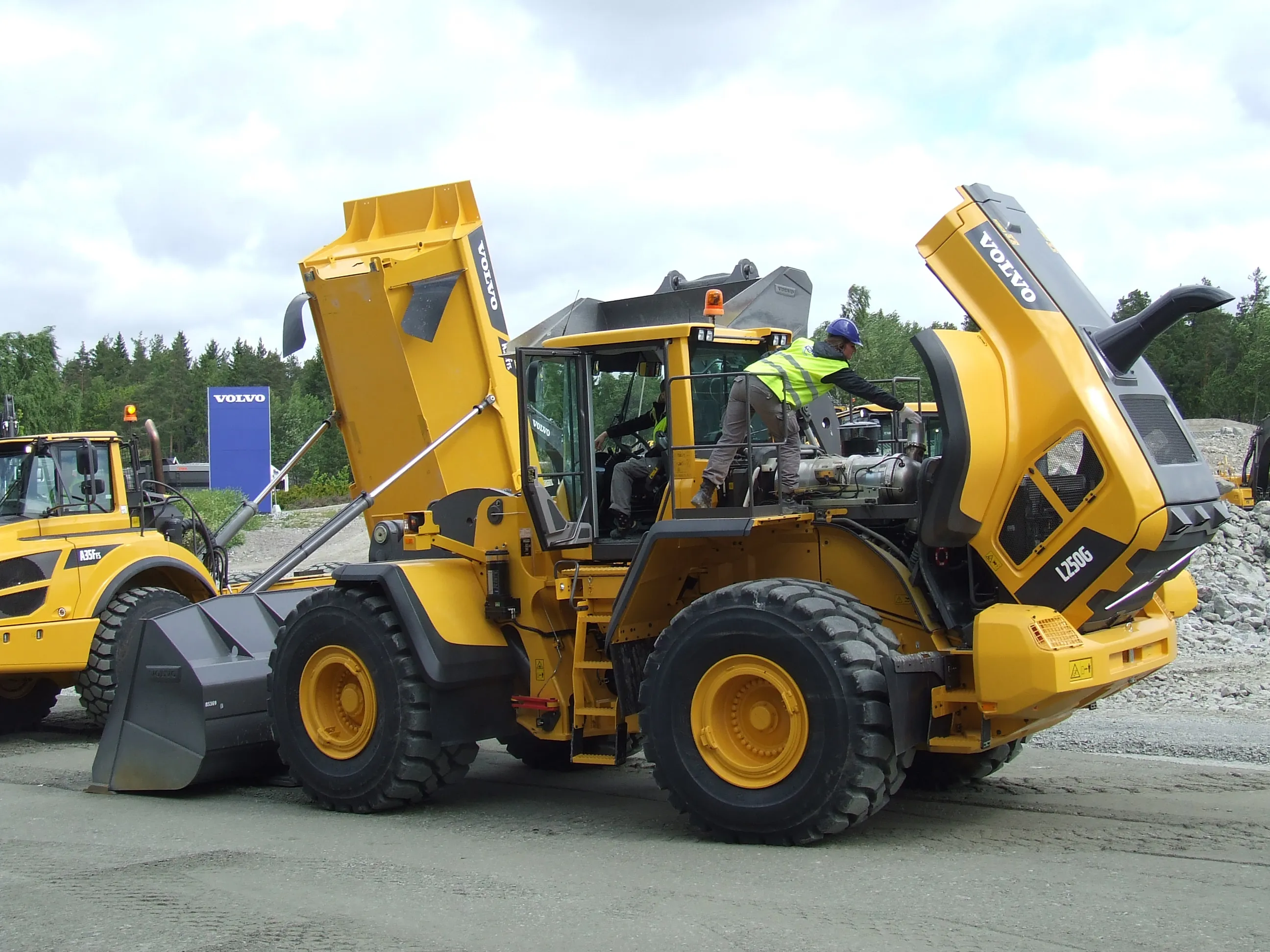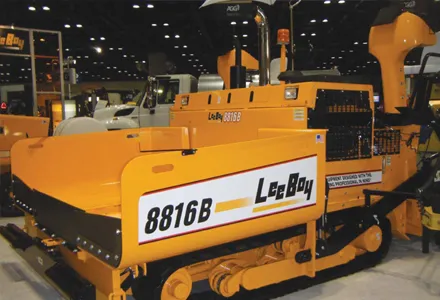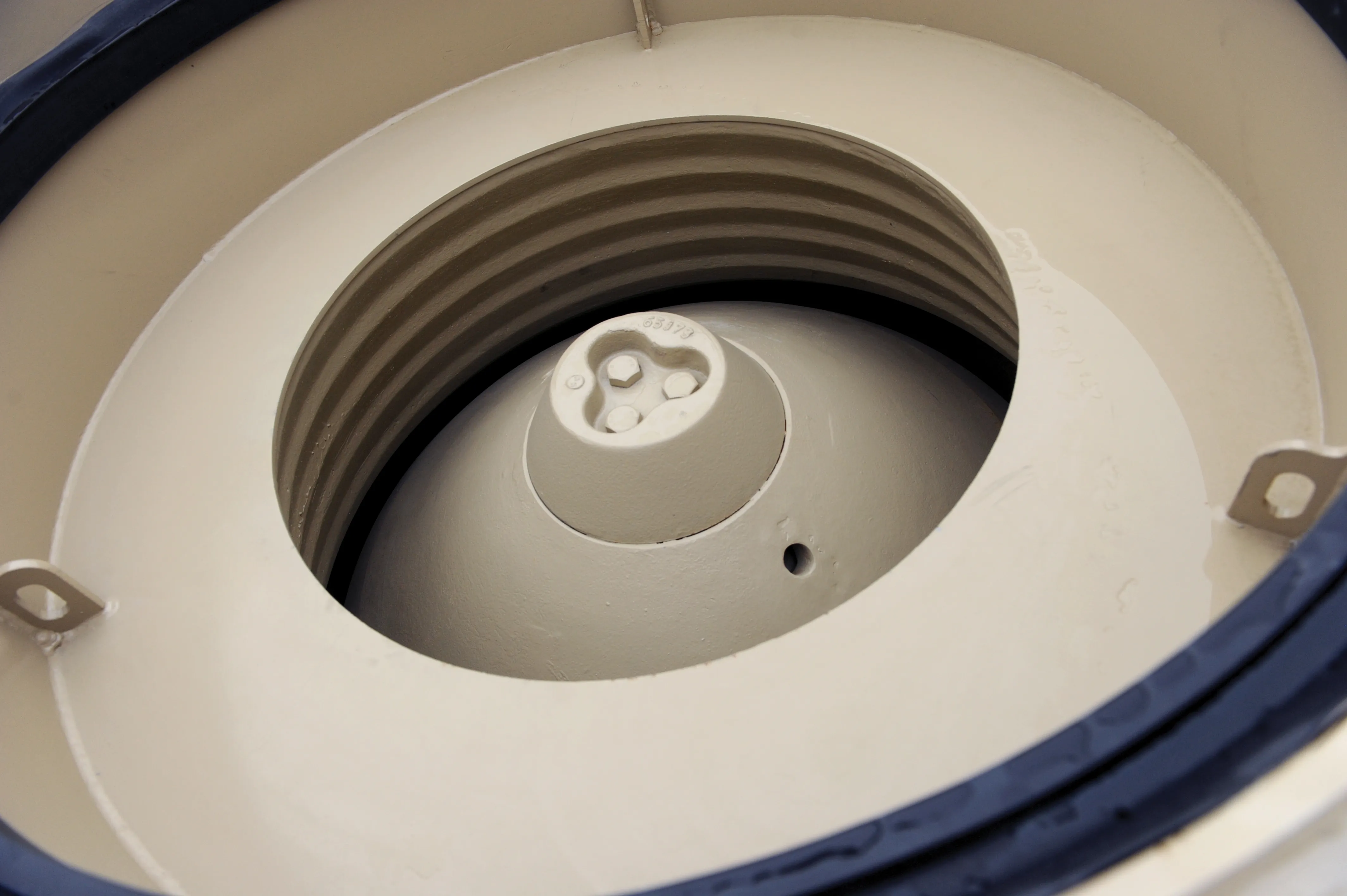A new radar system from Brigade is aimed at reducing on-site accidents, boosting safety and minimising repair costs through collisions.
March 1, 2012
Read time: 2 mins

A new radar system from 2662 Brigade is aimed at reducing on-site accidents, boosting safety and minimising repair costs through collisions. This heavy duty radar detection system allows machine operators to manoeuvre safely as it effectively removes the visual blindspots around each piece of equipment. The new Xtreme Backsense system is able to detect both moving and stationary objects around a machine and warn the driver in the cab.
The system uses graduated visual and audible warnings in the cab to warn the operator. The visual display has five LEDs each representing one fifth of the detection range, while the intermittent audible warning increases in rate as each object gets closer to the machine. This system can be programmed to maximum detection ranges of 6, 8 or 10m depending on requirements and has improved precision with the last graduation only 800mm from the sensor. The graduated warning system allows the driver to judge speed and direction even where there is limited visibility.
Multiple sensors can be fitted to the rear, front or side with a single display to increase the detection area and maximise safety.
Rugged and durable in design and construction, the Xtreme Backsense system can be used in harsh construction, demolition and aggregate production working environments. It is also dust and moisture protected and can be used in both day and night conditions, with heat-sensing LEDs that adjust display output accordingly.
The system uses graduated visual and audible warnings in the cab to warn the operator. The visual display has five LEDs each representing one fifth of the detection range, while the intermittent audible warning increases in rate as each object gets closer to the machine. This system can be programmed to maximum detection ranges of 6, 8 or 10m depending on requirements and has improved precision with the last graduation only 800mm from the sensor. The graduated warning system allows the driver to judge speed and direction even where there is limited visibility.
Multiple sensors can be fitted to the rear, front or side with a single display to increase the detection area and maximise safety.
Rugged and durable in design and construction, the Xtreme Backsense system can be used in harsh construction, demolition and aggregate production working environments. It is also dust and moisture protected and can be used in both day and night conditions, with heat-sensing LEDs that adjust display output accordingly.








